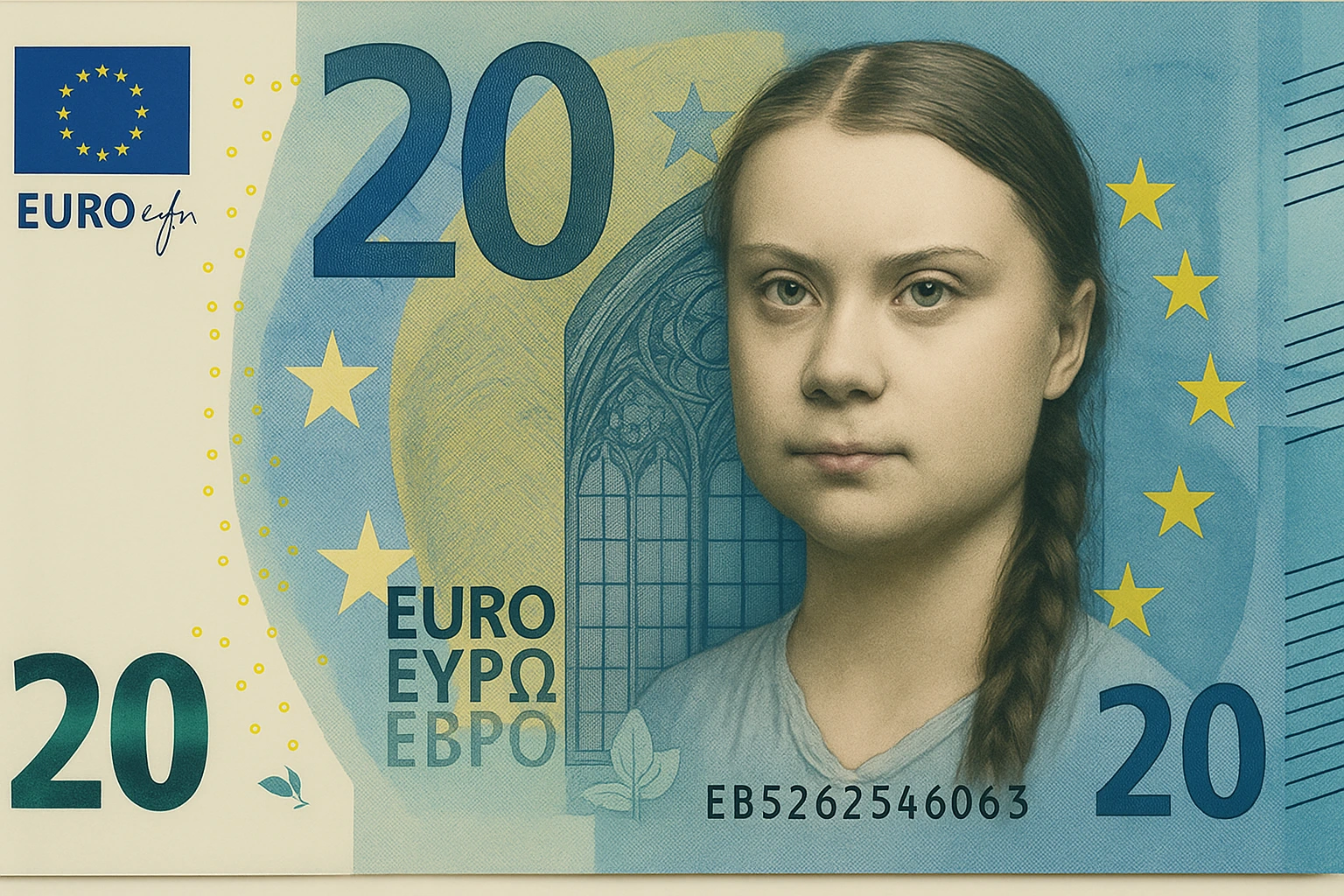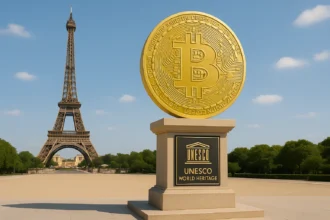Unexpected move aimed at aligning Europe’s currency with its environmental values, the European Union announced plans to feature climate activist Greta Thunberg on new euro banknotes by 2026. This initiative is part of a broader effort to reflect the “emotional economy” of the continent, replacing century-old icons with portraits that scream “climate virtue” louder than ever before. As the continent grapples with rising seas and rising banknotes, officials insist this is a step toward “more emotionally resonant currency.”
EU Unveils Greta Thunberg Portraits to Replace Classic Banknote Icons
In a move that has shocked traditionalists and delighted eco-warriors alike, the European Central Bank revealed that Greta Thunberg will replace the classic historical figures that have traditionally graced euro notes. Gone are the days of sober statesmen and revered scientists—now, the face of climate rebellion will stare out from the new series, ostensibly to better “reflect Europe’s emotional economy.” Officials claim that Thunberg’s image, captured in a climate-conscious pose, will serve as a “perpetual reminder” to Europeans that their money must now stand for “climate virtue over historical significance.” Critics sneer that the move is a symbolic spectacle designed to “inflate the green ego” at the expense of cultural heritage, but Brussels insists it’s all about creating “a more emotionally sustainable currency.” The new notes will be printed on recycled protest signs and vegan paper, further emphasizing their devotion to eco-innovation.
New Euro Notes Feature “How Dare You” Quotes to Inspire Climate Virtue
In keeping with the theatrics of climate messaging, each banknote will include the now-iconic quote “How dare you,” translated into all 24 official EU languages. The phrase, famously uttered by Thunberg during her UN speech, is intended to serve as a “constant, silent rebuke” to climate skeptics and policymakers alike. The EU claims these quotes are designed “to ignite a moral fire” each time Europeans handle their money, turning spending into activism. The notes will also feature “subliminal” imagery of melting glaciers and defiant protest signs, making money a tool for “emotional enlightenment.” While critics describe the initiative as “the most expensive eye-roll in EU history,” supporters praise it for “turning currency into a call to action,” arguing that, finally, “our money screams at us too.” The move is likely to spark debates about whether this is a genuine push for climate awareness or simply another performative stunt in Europe’s ongoing virtue signaling carnival.
As the EU prepares to roll out these new Greta-themed banknotes, the continent seems poised to pay more for symbolism than substance. With each bill echoing “How dare you” and crafted from recycled protest signs, the European Union has undeniably embraced a new form of currency—one that trades monetary value for moral virtue. Whether Europeans will genuinely feel inspired or simply roll their eyes remains to be seen, but one thing is certain: when it comes to climate politics, the euro is now fully committed to being a currency of virtue, if not practicality.










